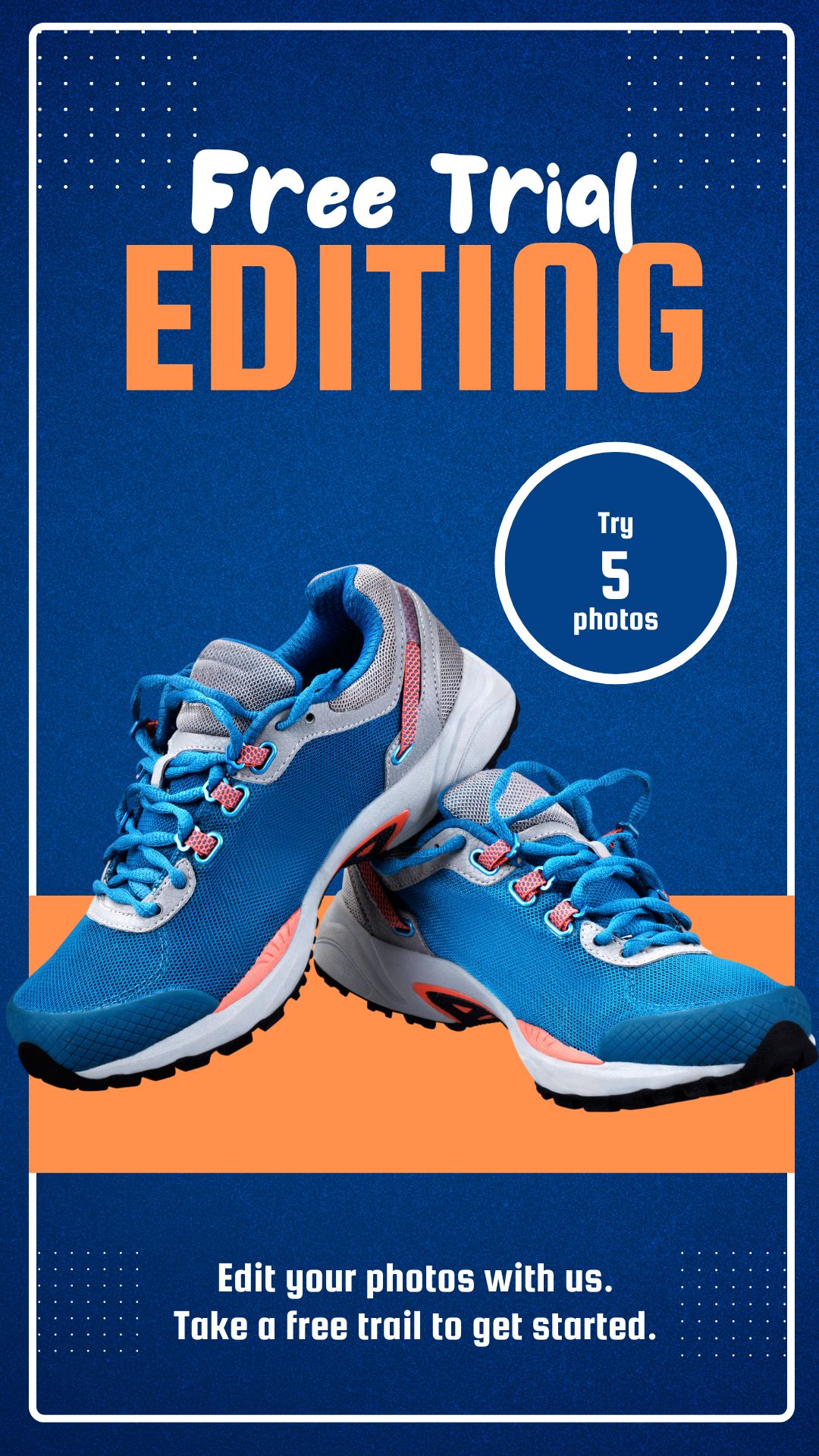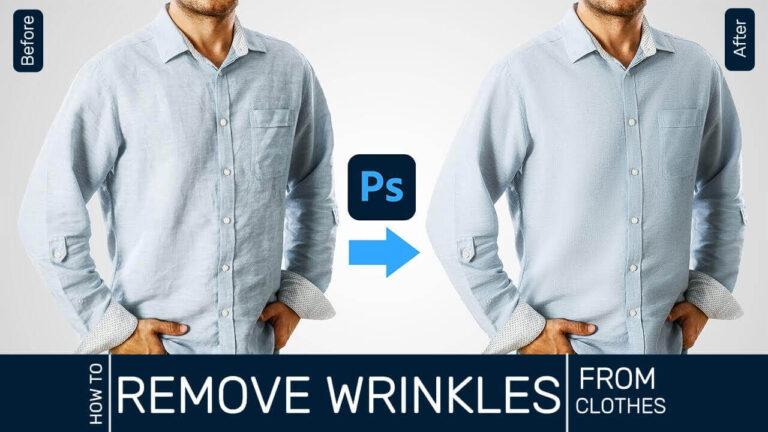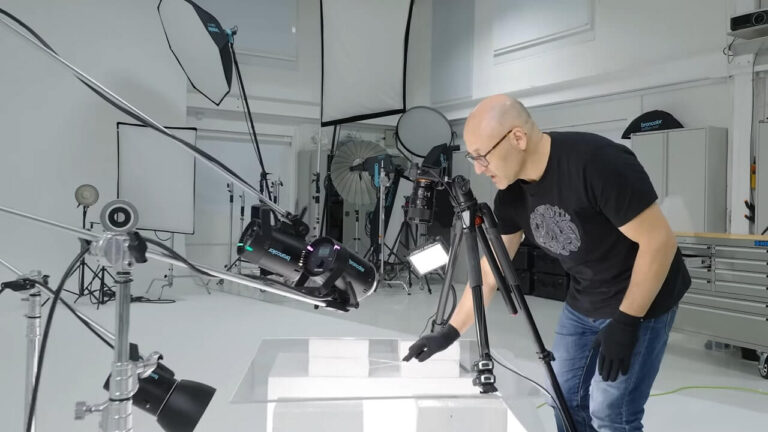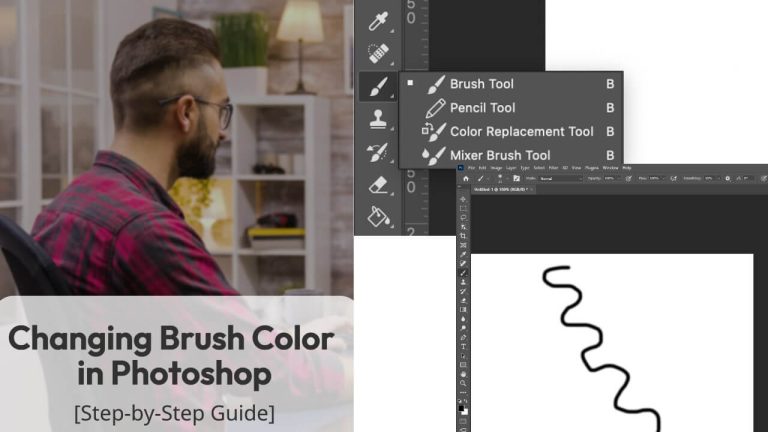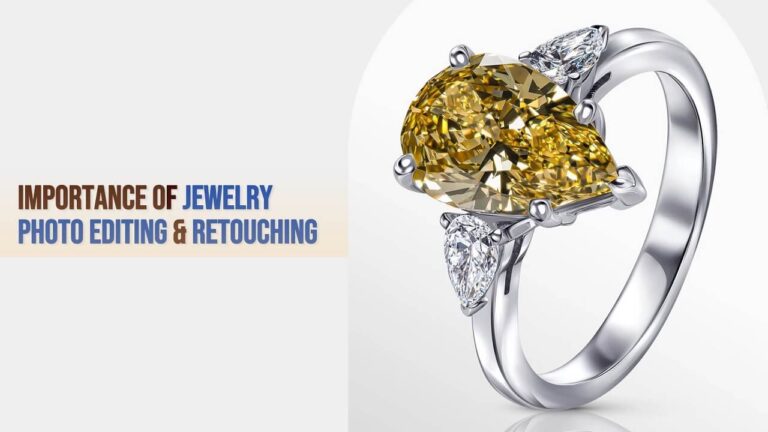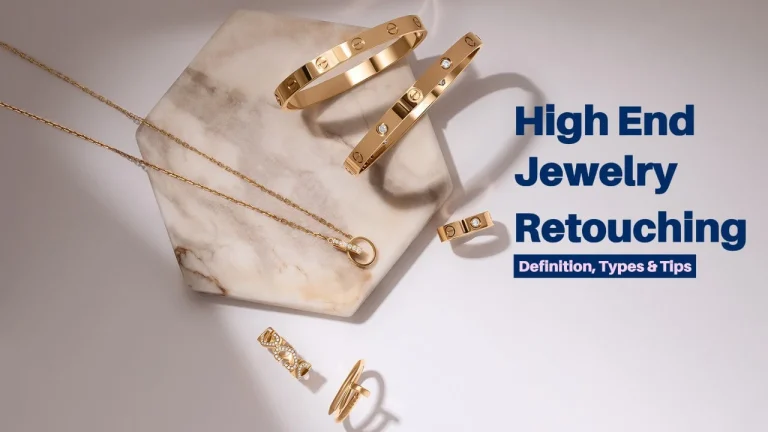Fashion photography and its prominent practitioners are the subjects of so many expositions, publications, and other writings. Now that it’s difficult to remember a time when the genre was rarely the subject of academic study.
Fashion photography has been around since the 1850s, first used at the court of Napoleon III. Still, it was not until the early twentieth century that it became famous as an advertising technique, as fashion itself became more accessible to a larger audience.
How Did Fashion Photography Start?
Harper’s Bazaar and Vogue, both created in the late 1800s. They were among the first fashion publications to be illustrated entirely by hand. However, Condé Nast recruited Baron Adolph de Meyer in 1913 to take photographs of models and actresses for Vogue. Photos of fashion models and aristocratic portraits were not featured in fashion editorials.
The relevance of magazines increased in the early twentieth century as a result of greater cooperation with designers. In addition, the availability of ready-to-wear lines and department shops boosted the accessibility of fashion, and trends were embraced and spread across the international fashion community.
Fashion designers rose to prominence in the 1920s and 1930s. Such as Chanel, Schiaparelli, Balenciaga, and Lanvin, established themselves as leaders in their respective fields through photography.
Following World War II, the fashion industry saw significant transformations, with many new designers rising in the 1950s and 1960s. Twiggy, Jean Shrimpton, and other fashion models became household names, and the role of the fashion model grew in prominence as well.
As a result of these transformations, new photography methods emerged, and some of the most well-known names in the history of fashion photography made their mark.
When fashion photography began in the mid-1950s, the staged studio photos and the formal elegance of models of the previous century had given way to a new style that was more dynamic, creative, and vibrant.
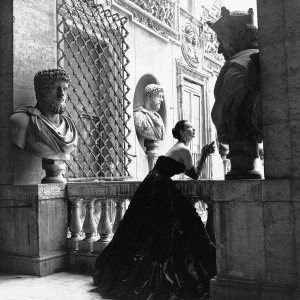
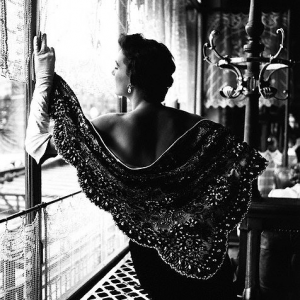
Source: allposters.com (Cecil Beaton, 1952)
Norman Parkinson (British, 1913–1990), William Klein (American, b.1928), Lillian Bassman (American, 1917–2012), and David Bailey were among the leading personalities of this new age (British, b.1938).
Both Richard Avedon (American, 1923–2004) and Irving Penn (American, 1917–2009) are widely regarded as the two most influential fashion photographers to have arisen during that period. Both photographers were committed to a minimalist style that had a tremendous effect on the industry.
The Change in the Fashion Photography Industry
Throughout the decade, women’s representation in the fashion industry and the media was impacted by societal developments, notably feminism.
In addition, female photographers, such as Sarah Moon, Deborah Turbeville, and Eve Arnold, offered new views to magazines like Vogue and Harper’s Bazaar. Helmut Newton (German, 1920–2004) was a provocative and unabashedly sexual artist who pushed the boundaries of the medium.
After the Great Recession in the United States and the development of the jeans; a new age of more practical and informal designs for both men and women began to emerge.
Ready-to-wear gained popularity in the 1970s and 1980s, and by the 1980s excessive materialism had transformed fashion into a thriving multinational business driven by advertising campaigns and television advertisements.
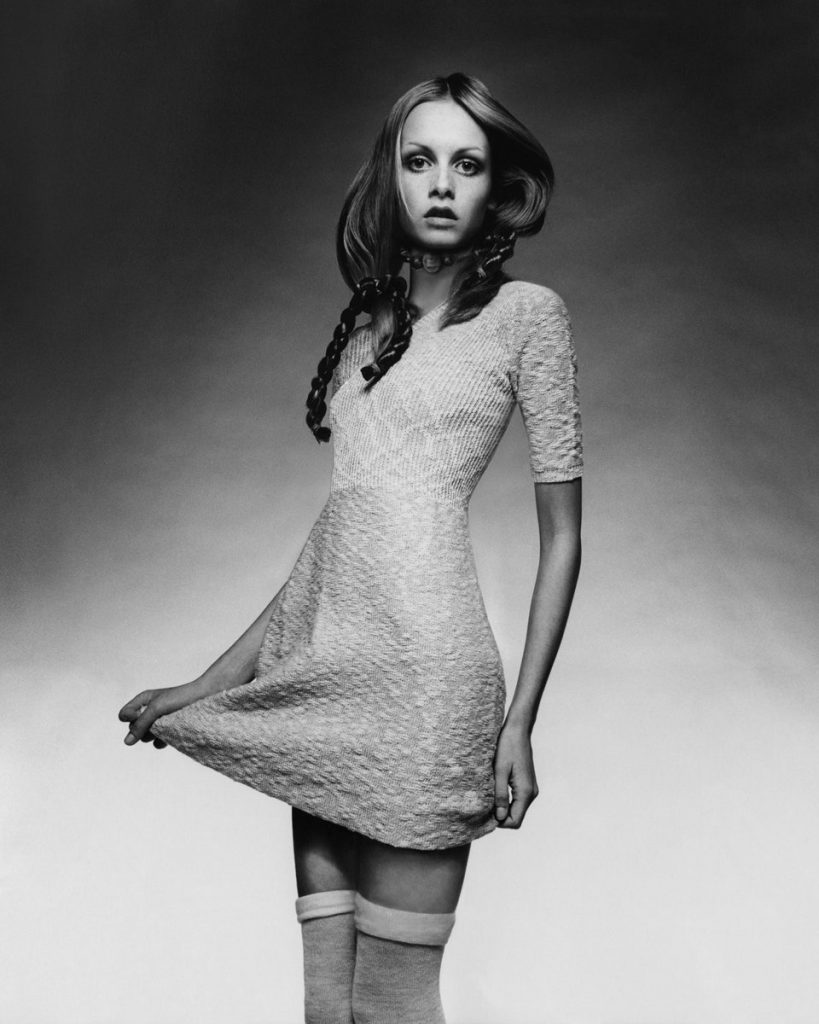
Source: Photographed by Justin de Villeneuve, Vogue, April 15, 1970
Supermodels were admired for their almost perfect beauty, which was probably best portrayed by photographer Patrick Demarchelier in their photographs.
It is also true that men’s fashion has developed into an industry in itself, with photographers known for their work for brands. Such as Armani and Calvin Klein, credited with introducing fresh perspectives to the concept of masculinity.
Why is Fashion Photography Important?
Fashion photography represents particular trends and helps promote them so that no other form of photography can since it is so widely available.
Fashion photography takes on many different forms, as the distinction between commercial and creative work becomes increasingly blurred. Today, many artists employ photo editing to create surrealistic images. That escape everyday reality through the dazzling world of high fashion, celebrities, and beautiful people.
Experts recommend that using or hiring professional photo editing or taking help from photo editing experts will give a new dimension to photography and save time and effort invested in a more required field.
Photo editing will give professional photography outcomes and result in unique styles to enhance a photographer’s work. We help provide excellent photo editing services; including photo retouching, product photo editing service, color correction, shadow creation, and much more in the most affordable range. Let’s try us.
Read Also | Easy Way to Start a Photography Business Legally
Featured image from http://favereys.blogspot.com


